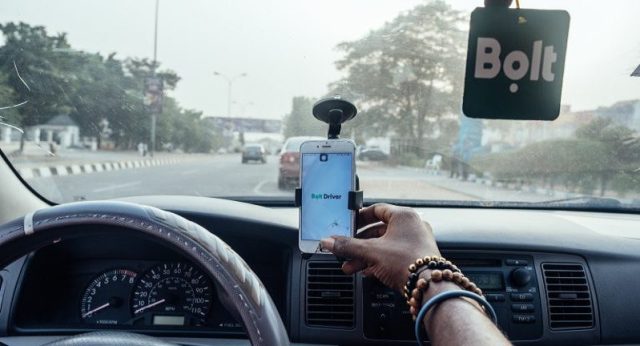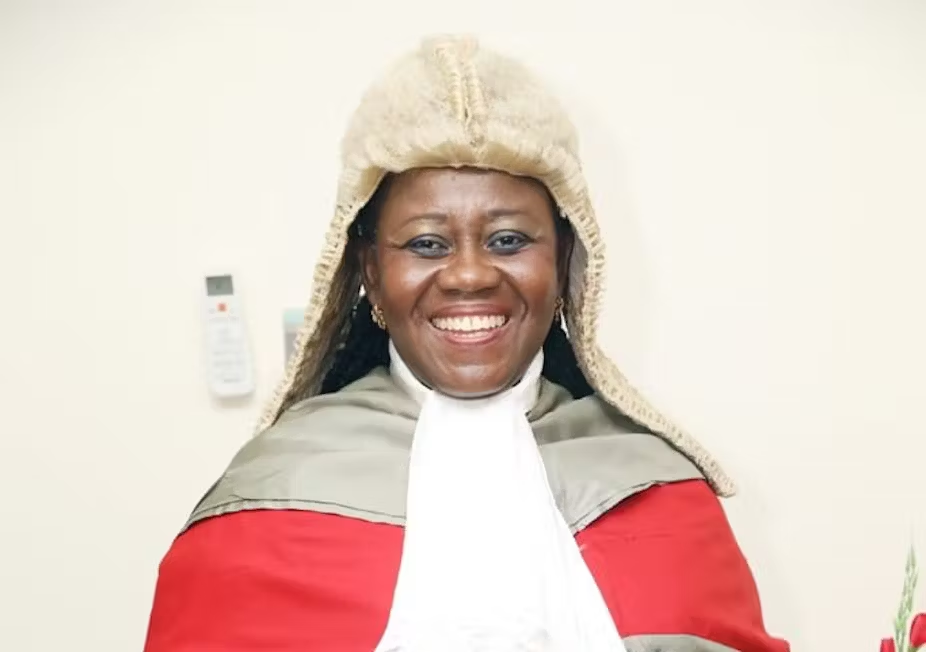Bolt is upgrading its Driver App chat with the option to translate speech to text.
This means driver partners will now have the ability to dictate a chat message instead of typing it, and the Bolt app will transcribe it to text, translate the text to the rider’s preferred language, and send it as a regular chat message to the rider. This enables driver partners to communicate more easily with passengers even without speaking a shared language.
Driver-partners can use this by tapping the microphone symbol in the respective chat, permitting Bolt to use the phone’s microphone, selecting their language, dictating the message, checking and editing it as needed, and sending it as a message, which will automatically translate to the rider’s preferred language.
With this translation function, the chat upgrade starting with Android devices will help local driver-partners communicate with tourists, many of whom already use Bolt while travelling to the 50+ markets around the world that Bolt operates in without needing to speak a shared language.
It’s one of several ways Bolt enables driver partners and customers to communicate with each other, including in-app calls, chat messages and language programs to help bridge language barriers.
The upgrade joins recent Driver App upgrades including Driver Compliments, which recognise exceptional service and motivate driver partners through sharing positive post-trip rating compliments and comments left by customers.
Acting Country Manager, Henry Whyte: “At Bolt, we know how important it is to have quick and effective communication between driver partners and riders. With this upgrade, we enable driver partners in Ghana to communicate more easily with our 200M+ customers across the world, who travel to any of our 50+ markets without needing to speak a shared language.
It’s one of several ways we support a high-quality platform through quick and easy communication between driver partners and riders, including in-app calls, chat messages, and language programmes aimed at helping bridge language barriers.”










![Mr Logic signs two dancehall artistes unto his Red Panther record label [Video]](https://ghananewss.com/storage/2023/05/Mr-Logic-signs--100x75.jpeg)







